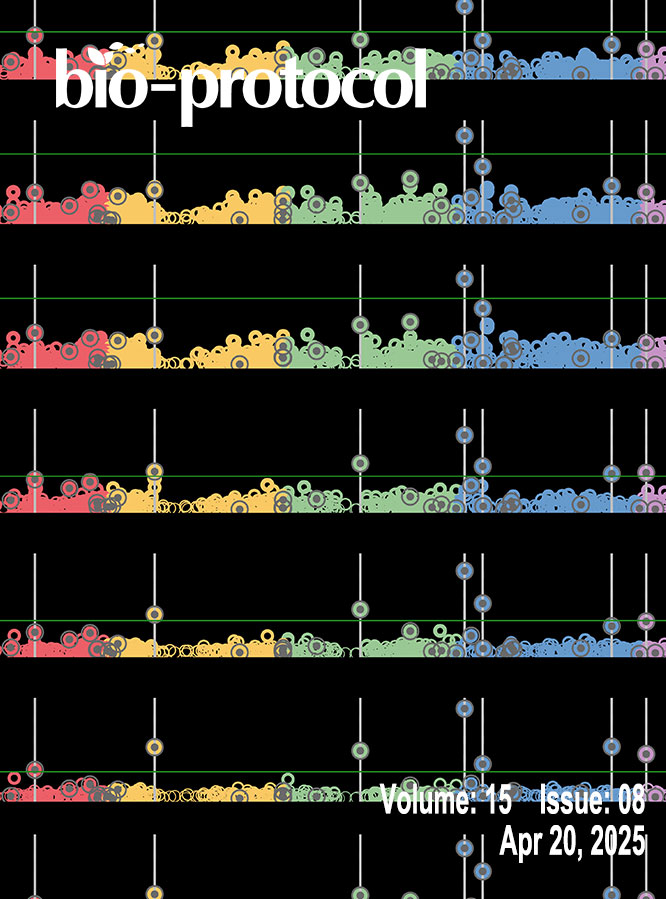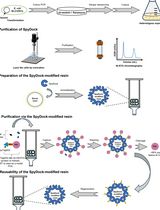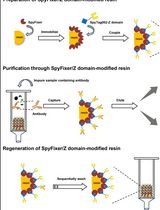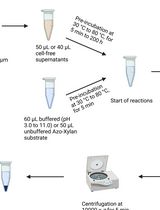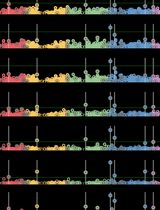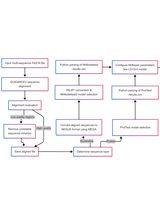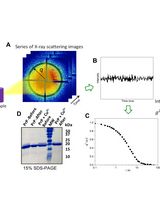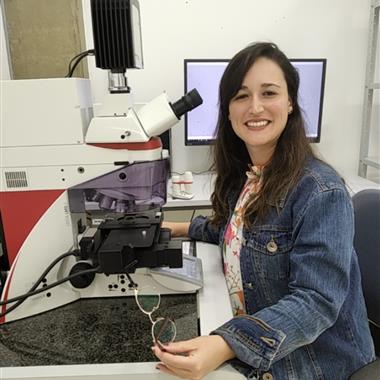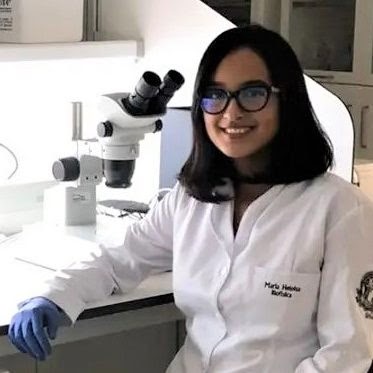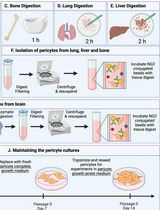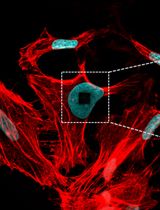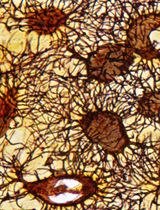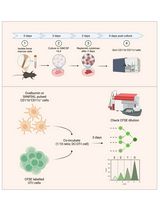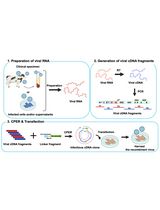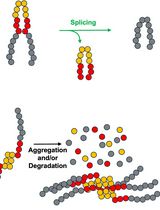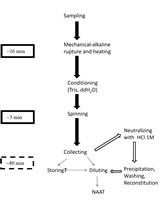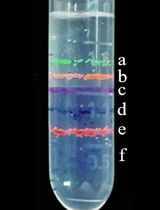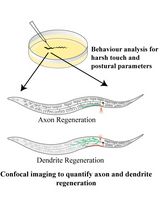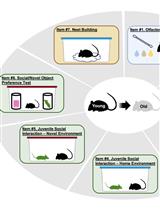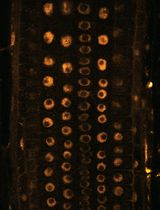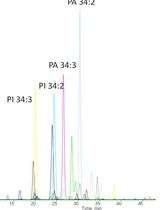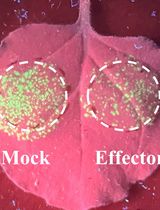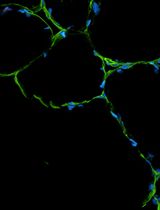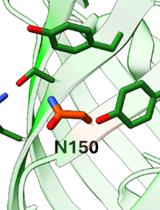往期刊物2025
卷册: 15, 期号: 8
生物化学
A Robust and Easy Protein Purification Method Using SpyDock-Modified Resin
一种使用 SpyDock 修饰树脂的稳定且简便的蛋白质纯化方法
Antibody Purification Using Spy Chemistry
使用 Spy Chemistry 进行抗体纯化
Endo-1,4-β-D-xylanase Assay Using Azo-Xylan and Variants Thereof
基于Azo-Xylan及其变体的Endo-1,4-β-D-木聚糖酶活性检测方法
生物信息学与计算生物学
GWAS Procedures for Gene Mapping in Diverse Populations With Complex Structures
适用于复杂群体结构的多样性群体基因定位的GWAS分析流程
A Comprehensive Protocol for Bayesian Phylogenetic Analysis Using MrBayes: From Sequence Alignment to Model Selection and Phylogenetic Inference
基于MrBayes的贝叶斯系统发育分析全流程方案:从序列比对到模型选择与系统发育推断
生物物理学
X-Ray Photon Correlation Spectroscopy, Microscopy, and Fluorescence Recovery After Photobleaching to Study Phase Separation and Liquid-to-Solid Transition of Prion Protein Condensates
结合X射线光子相关光谱、显微成像与荧光漂白恢复技术研究朊蛋白凝聚体的相分离及液-固转变过程
癌症生物学
Isolation and Culture of Primary Pericytes from Mouse
小鼠原代周细胞的分离和培养
细胞生物学
Visualization of F-Actin Through Expansion Microscopy (ExM) with Trifunctional Linker-Conjugated Phalloidin
利用三功能连接子标记的鬼笔环肽结合扩增显微术可视化F-Actin
A Novel Optimized Silver Nitrate Staining Method for Visualizing and Quantifying the Osteocyte Lacuno-Canalicular System (LCS)
用于可视化与定量骨细胞腔道系统(LCS)的新型优化硝酸银染色方法
免疫学
In Vitro Bone Marrow–Derived Dendritic Cells (BMDC) Generation for Antigen Presentation Assay
体外诱导骨髓来源树突状细胞(BMDC)用于抗原呈递实验
微生物学
Rapid Plasmid-Free Generation of Recombinant Positive-Strand RNA Viruses That Use IRES-Mediated Translation Using an Expansion of the Circular Polymerase Extension Reaction (CPER)
基于扩展型CPER的快速无质粒重组正链RNA病毒构建方法:适用于IRES介导翻译系统
Monitoring Protein Stability In Vivo Using an Intein-Based Biosensor
基于Intein的生物传感器用于体内蛋白稳定性监测
Scalable Alkaline Extraction Protocol for Microbial DNA Screening by PCR
适用于PCR微生物DNA筛查的可扩展碱提取方法
A Miniaturized Percoll Gradient Method for Isolation of Quiescent Cells of Yeast
基于微型Percoll密度梯度的酵母静息细胞分离方法
神经科学
Analysis and Quantification of Functional Regeneration of Dendrite and Axon of PVD Neuron After Laser Injury in Caenorhabditis elegans
线虫PVD神经元激光损伤后树突与轴突功能性再生的分析与定量
The Mouse Social Frailty Index (mSFI): A Standardized Protocol
小鼠社会虚弱指数(mSFI):标准化实验方案
植物科学
Near-Infrared Autofluorescence Imaging of Nuclei in Living Plant Roots
活体植物根部细胞核的近红外自发荧光成像
A New Approach to Detect and Semi-quantify All Molecular Species and Classes of Anionic Phospholipids Simultaneously in Plant Samples
植物样本中阴离子磷脂所有分子种类与类别的同步检测及半定量新方法
Workflow for a Functional Assay of Candidate Effectors From Phytopathogens Using a TMV-GFP-based System
基于TMV-GFP系统的植物病原菌候选效应子功能筛选流程
干细胞
An Integrated Workflow for Three-Dimensional Visualization of Human Skeletal Muscle Stem Cell Nuclei
人骨骼肌干细胞细胞核的三维可视化集成流程


